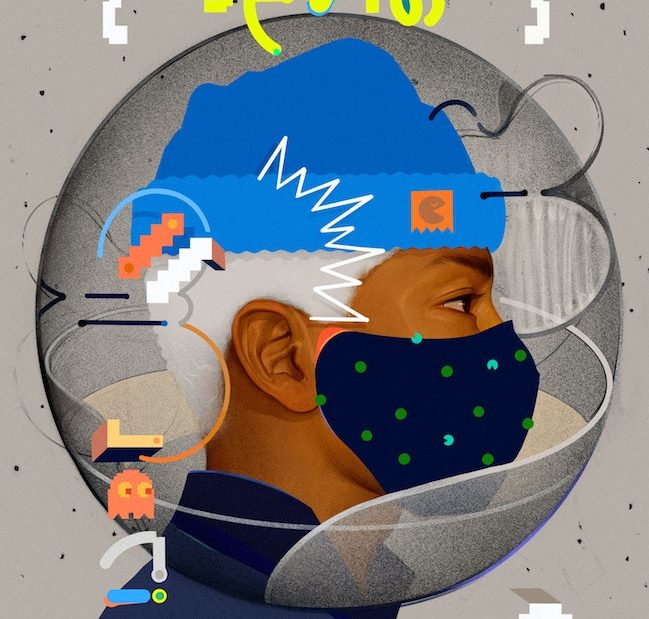The integrity of a business lies in how it values consumers. In the socially distant future, the key to sustaining restaurants is to assure diners through the service they provide. Moving forward, food establishments need to be more mindful of the new protocols of the pandemic world. Here are some crucial adjustments dine-in facilities can observe once operations resume.
Physical changes
Restaurants will have to undergo major logistical modifications to make in-house dining crisis-adaptive. Temperature scanners, shrink-wrapped table setting, and dividers are taking over establishments in countries that have already resumed dine-in operations. At least half the tables and chairs of a restaurant must be taken away to spread customers out when dining.
“We will have to change our modules even for fast food, especially for fine dining restaurants, into four-seater [layouts]. I’m basing this on the practice of Hong Kong, which opened restaurant businesses weeks ago. They operated at 50 percent capacity, and the maximum number for a group of people is four persons,” says Kevin Nieves, partner at Headroom Concept Design Visualization Co., emphasizing the shift from group seating to individual seating.
Nieves’ partner Alessandro Trinidad says that the goal is to lessen hand contact with frequently touched surfaces. Restaurants can adapt sensored toilet fixtures, soap dispensers, foot handles, cashless transactions, and automatic doors and lighting. Lara Fernandez Barrios, design principal and founding architect of Larawan Inc., suggests that aside from frequent cleaning of contact surfaces, ventilation systems that use ultraviolet light can be utilized.
“We can probably space tables further apart but based on studies, it’s not just distancing between tables because if you have a group meeting together, let’s say four people from four different households who live in four different cities meet together, then basically the whole social distancing doesn’t work,” says Barrios.
Restaurants will have to undergo major logistical modifications to make in-house dining crisis-adaptive. Temperature scanners, shrink-wrapped table setting and dividers are taking over establishments in countries that have already resumed dine-in operations.
Founder and creative director of JJ Acuna/Bespoke Studio JJ Acuña believes that restaurants with access to fresh air and natural light will be highly coveted in the future. But Acuña thinks that restaurants will still look the same simply because rent is expensive—and with the biggest changes happening in the back of house.
“In the long term, there will definitely be legislative changes to promote better environments that protect and save lives. It won’t be about just getting a green rating or a certificate anymore,” he says.
The government, in collaboration with industry leaders, can work on imposing stricter restaurant health and safety standards to ensure a secure environment for both the staff and diners. Nieves sees that the shift will be in terms of flexibility, resilience, and design of commercial spaces as this, sadly, doesn’t seem to be the last pandemic the world will have to face.
Staff and consumer protocol
Before officially returning to work, the staff also has to be tested to ensure no one has contracted the virus. Contactless ordering using, for example, a queueing system or a reservation schedule, will keep consumers and staff within a safe distance. The staff should always wear personal protective equipment (PPEs) like gloves, masks, and face shields for safe food handling and preparation. Employees must frequently sanitize their hands and change PPEs as necessary.
When serving customers, dropping off food and drinks at the end of tables will decrease employee-staff contact. The staff can also be designated into groups who will maintain cleanliness and sanitation of high-contact surfaces (such as tables, counters and kitchen equipment) and common areas.
When serving customers, dropping off food and drinks at the end of tables or assigned spots can decrease employee-staff contact. The staff can also be designated into groups who will maintain cleanliness and sanitation of high-contact surfaces (such as tables, counters, and kitchen equipment) and common areas.
Takeout and delivery services meanwhile have been keeping food businesses afloat since quarantine started, guaranteeing some sales until local dine-in operations resume. With a focus on delivery, teams must also follow a contactless process when transporting food to customers and picking up orders in store locations as well as observing hygiene and sanitation measures.
Restaurant owners must be mindful of local and international health and safety standards in response to global pandemics such as COVID-19. They would have to work their way around new physical distancing standards while understanding the impact to customers and the dining experience. It’s time to eliminate the fourth wall that separates a restaurant from its diners by being more compassionate and connected.
Just as with employees, diners also have to abide by a restaurant’s health and safety policies. Customers whose temperatures are above 37.5 degrees Celsius will have to unfortunately be turned away to encourage rest at home or seek medical attention. For those who are granted access, customers must be required to wear masks when they are not eating. Bathroom usage must also be limited, even if it’s multi-stall, to avoid congestion in one area.
More importantly, guests must be informed of the operations of establishments they’re dining at. A communication plan goes a long way in retaining customer trust. You can put your customers at ease by being transparent about your food handling and preparation practices, health and safety procedures, and major policy and protocol changes.


